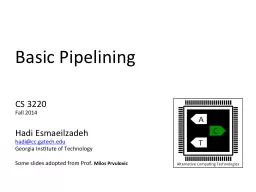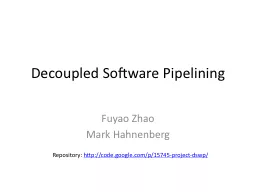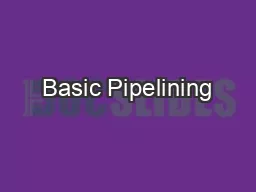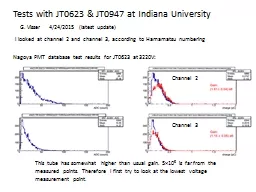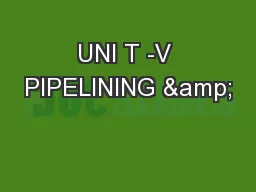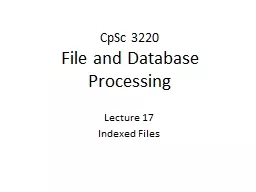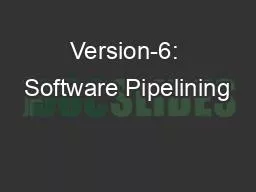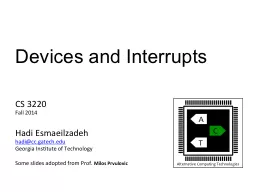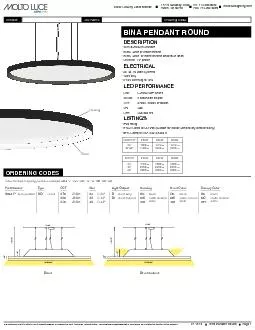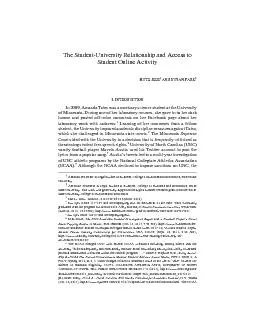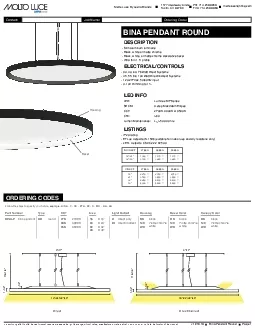PPT-Basic Pipelining CS 3220
Author : caroline | Published Date : 2022-06-14
Fall 2014 Hadi Esmaeilzadeh hadiccgatechedu Georgia Institute of Technology Some slides adopted from Prof Milos Prvulovic TwoStage Pipeline Why not go directly
Presentation Embed Code
Download Presentation
Download Presentation The PPT/PDF document "Basic Pipelining CS 3220" is the property of its rightful owner. Permission is granted to download and print the materials on this website for personal, non-commercial use only, and to display it on your personal computer provided you do not modify the materials and that you retain all copyright notices contained in the materials. By downloading content from our website, you accept the terms of this agreement.
Basic Pipelining CS 3220: Transcript
Download Rules Of Document
"Basic Pipelining CS 3220"The content belongs to its owner. You may download and print it for personal use, without modification, and keep all copyright notices. By downloading, you agree to these terms.
Related Documents

